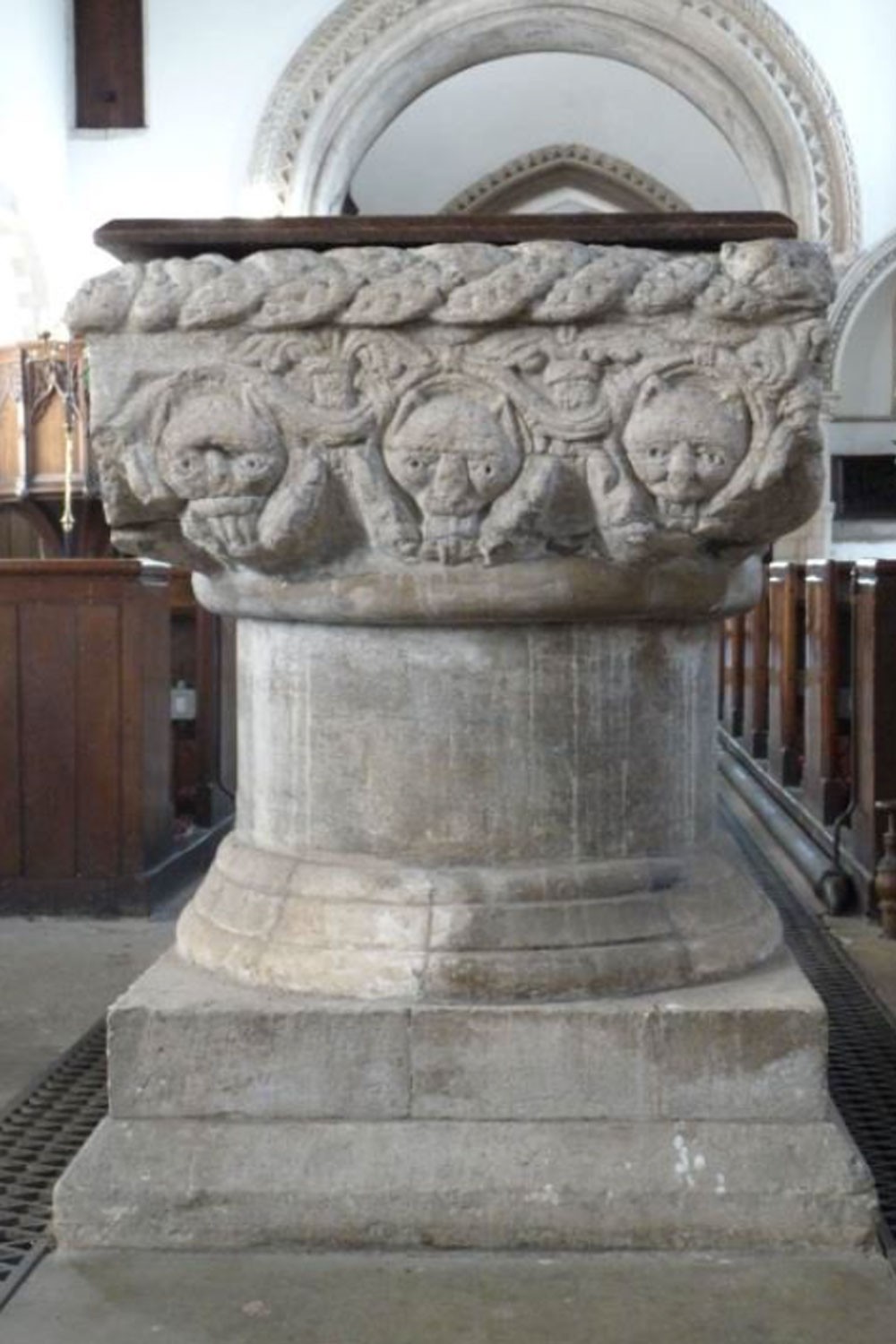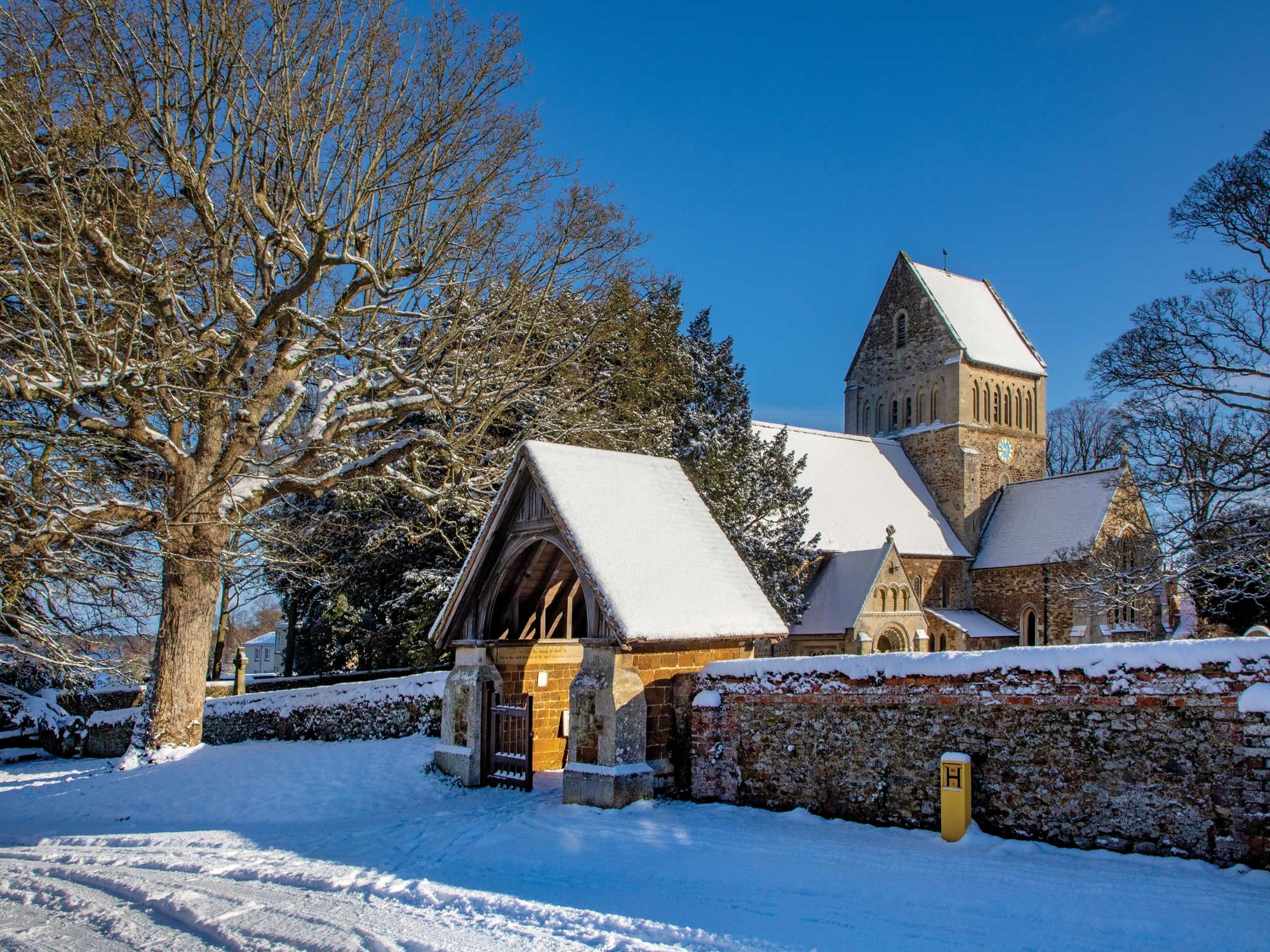
The wonders of Castle Rising’s captivating church
Our county has the greatest concentration of medieval churches in the world, with almost 1000 built and over 600 still standing today – one of the most astounding and atmospheric being The Church of St Lawrence in Castle Rising…
One of Norfolk’s many fascinating gems, the charming village of Castle Rising has an extraordinarily rich history. Though best known for its famous fortress, it’s also home to a remarkable church – which has its own intriguing tales to tell.
The picturesque Church of St Lawrence was built for William D’Albini II in the 1140s, about the same time he was constructing his magnificent castle nearby. Having recently married the widow of Henry I, William set out to transform the minor settlement of Rising into a lavish lordly residence, pouring his enhanced wealth and status into the area.
Although St Lawrence was only a small parish church - consisting of a nave, chancel, and central tower - very high-quality masonry skills were employed in its construction. Many of these are still evident today in the supremely ornate west front, which is considered one of the finest surviving examples of Norman architecture in the country. Featuring exuberant interlacing arcades, a striking array of grotesque carved heads, and richly decorated window openings, it’s the building’s chief glory and a triumph of medieval art.
St Lawrence is patently a cruciform Norman church, though there’s no disguising that it’s been heavily restored and remodelled over the centuries – with examples of various architectural styles visible within the interior. In the 13th century, the chancel was updated in the Early English style and a south transept was added, with a fine pointed entrance archway constructed adjacent to the nave’s impressive Norman horseshoe arch.
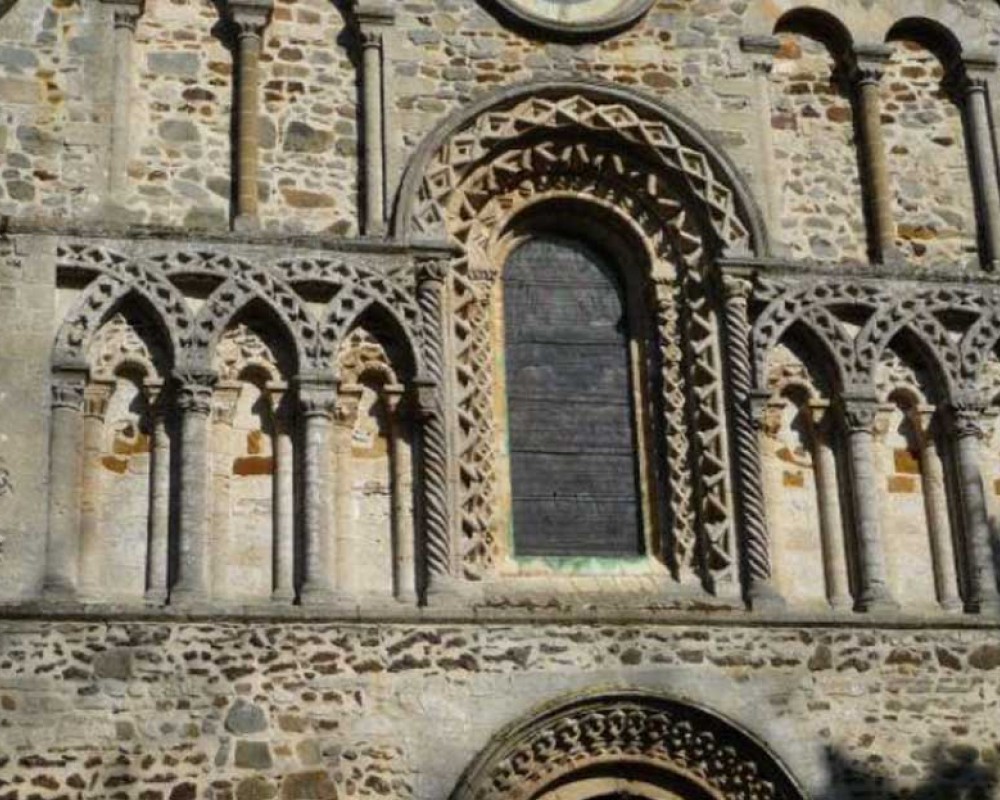
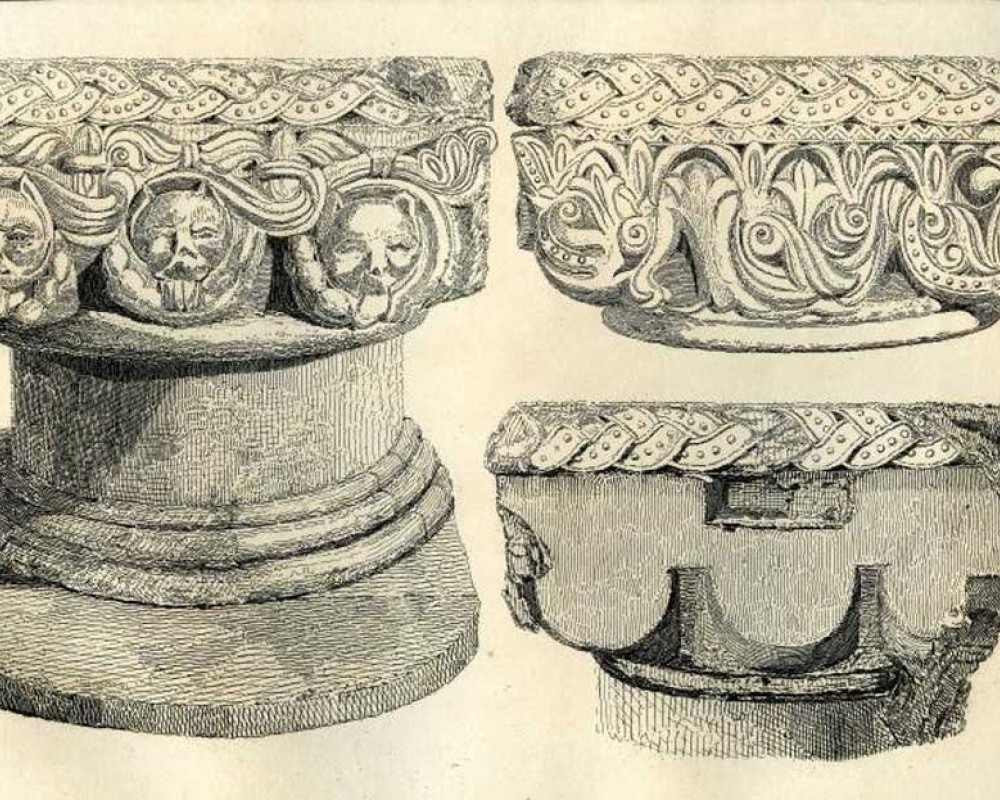
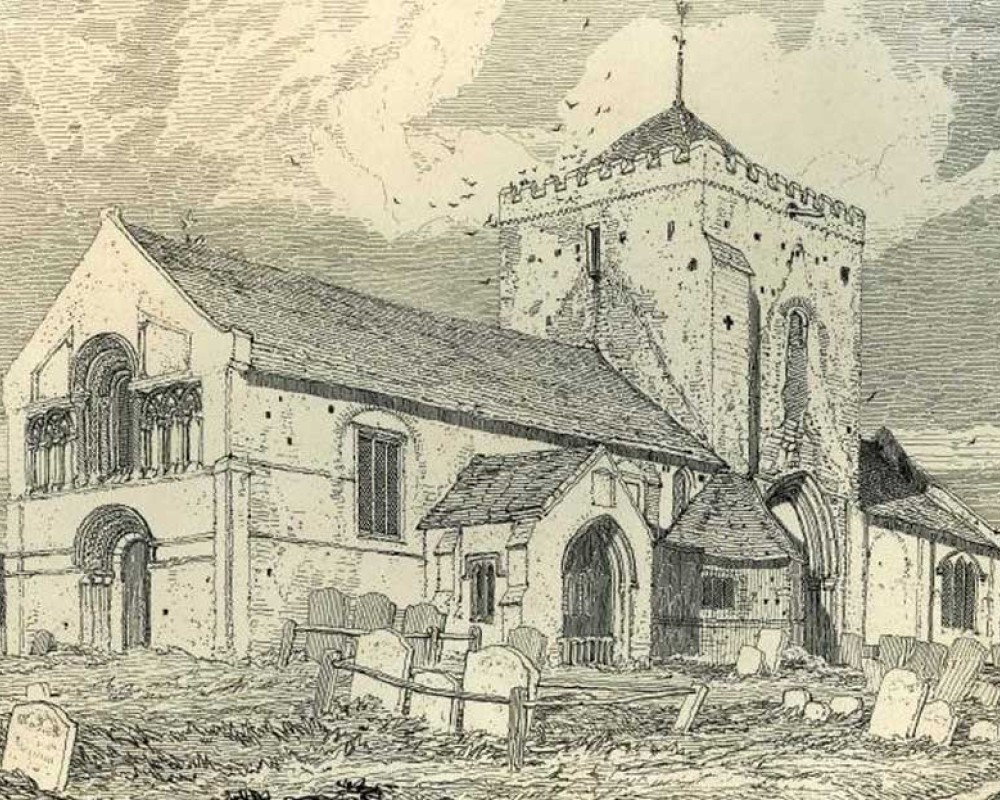
Another striking internal feature is the beautifully carved baptismal font standing between the north and south doors. Thought to be the oldest piece of decorative stonework in the village, it likely came from the former parish church - which was demolished when the castle was built. A rare early Norman treasure, this magnificent masterpiece features a wealth of intricate carvings - including three broadly grinning cats’ faces on the west side.
“It’s an astounding, and rather imposing, work of art,” says local researcher Barry Blades, who’s currently compiling a book on the history of Castle Rising. “In fact, I’ve always struggled to picture it in the previous parish church, as in a smaller building it might have been quite overwhelming. We’ll probably never know the true story behind it, and that element of mystery only adds to its enchanting quality.”
Like most surviving medieval churches, St Lawrence has experienced a great deal of change since its construction – mainly due to the religious upheavals of the 16th century and the neglect that ensued in later years. In the Middle Ages church interiors would have been much more colourful than they are today, with most featuring vibrant wall paintings and stained-glass windows depicting the lives of saints and biblical scenes to their largely illiterate congregation.
“During the Reformation many religious artworks were removed from churches without a trace,” explains Barry. “It’s not known if Castle Rising church had any wall paintings, though it’s highly likely considering the wealth poured into the building. In fact, some traces of Latin lettering are visible on the underside of the nave arch, having remarkably survived through the centuries for us to admire today.”
The Tudor reformations had only a limited impact on the architecture at St Lawrence but far-reaching effects on religious observance. Like many throughout the land the church suffered a great deal of neglect during the following decades, and in the 1760s it was recorded that the chancel and south transept were entirely in ruins.
Fortunately, in the 19th century, the crumbling church was rescued from its sorry state by the Hon. Mary Howard and her husband, who inherited the estate of Castle Rising in 1818. Determined to restore some of the building’s former glory, Mary employed talented local architects to conduct a considerable amount of restoration work. Among the extensive repairs carried out, a new south transept was added, the roof was replaced, the height of the tower was extended, and the chancel was almost completely rebuilt.
Upon completion, the church exterior looked very much as it does today, and (after her death in 1877) a charming lych gate was constructed at the western entrance to commemorate Mary Howard and her generous contributions to the building.
A few minor restorations took place in later years to repair storm damage and, as a result, the Church of St Lawrence has been preserved as a unique and stunning piece of history. “It’s a wonderful work of art and a precious parish treasure,” says Richard Shipp, who’s been a churchwarden at Castle Rising for an astounding 43 years. “As part of the Sandringham Group, we were even blessed with a visit from Her Majesty the Queen every five years. Locals will always look back at those magical moments with fond memories, and we’re happy she held such respect and admiration for our village and its beautiful church.”
Having endured everything from the force of the elements and religious conflicts to harsh periods of neglect and decay, the spectacular Church of St Lawrence has survived into the 21st century. Standing as proudly as it did 800 years ago, the enchanting building continues to provide for religious needs of its parishioners – it’s a delightful piece of the past playing an important role in the present.
